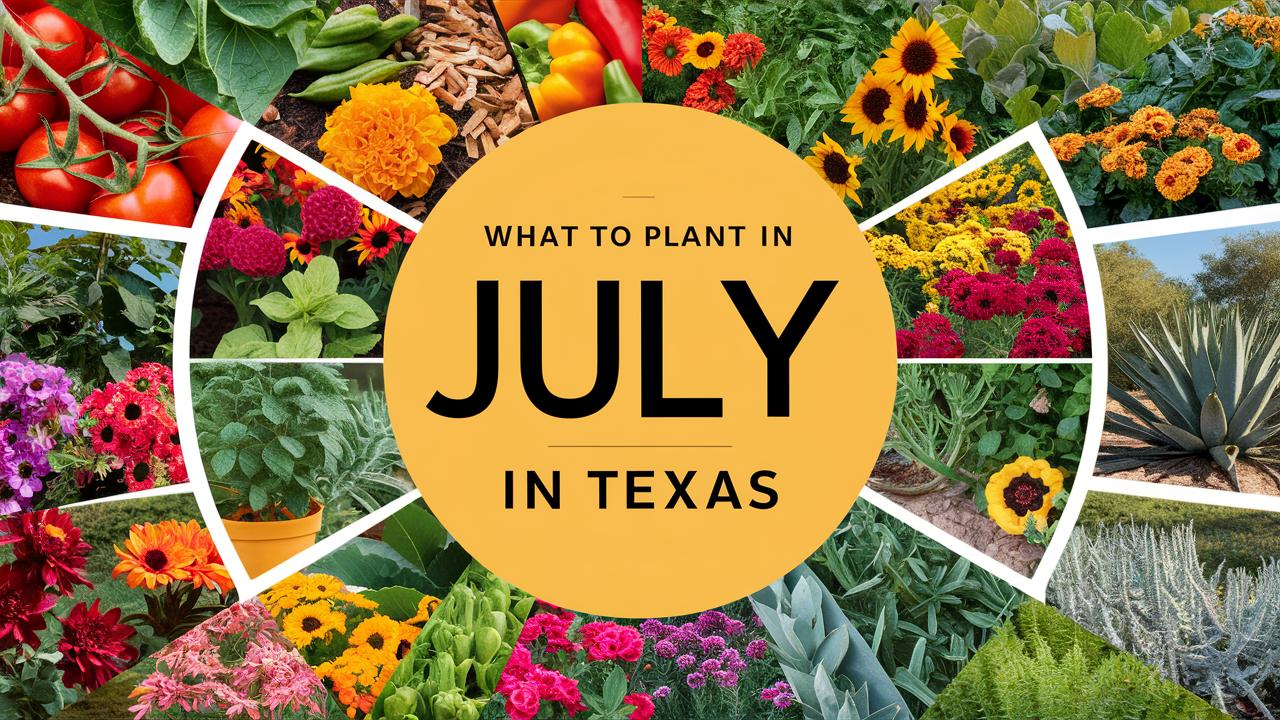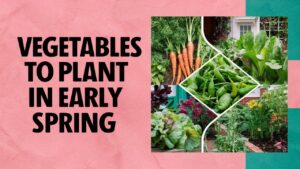This comprehensive guide will explore into the best plants to consider planting in July, organized by type, while providing helpful information tailored specifically to the unique climate zones found across Texas.
Vegetables To Plant
Choosing the right vegetables for July planting in Texas is essential because of the region’s varying climates and temperatures. Ideally, you should focus on heat-tolerant, fast-growing varieties. Below are ten excellent vegetable options, along with details on their temperature tolerance and ideal planting zones.
Okra
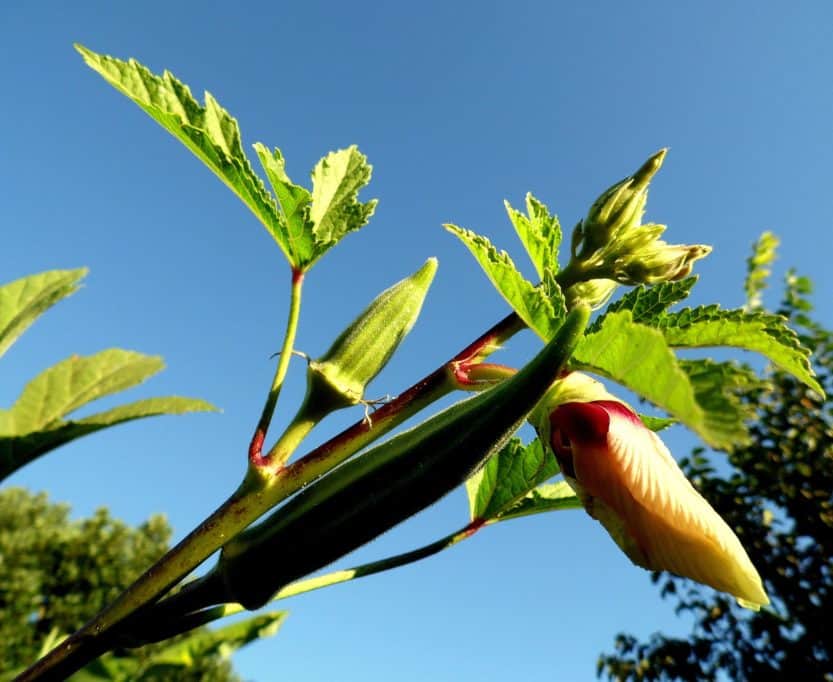
Okra is a quintessential southern crop that thrives in the sweltering Texas heat. Ideal for growing in USDA Zones 8-10, it can be planted directly into the garden as late as July. Okra loves well-draining soil and full sun, requiring at least 6-8 hours of sunlight daily. It prefers temperatures between 75°F and 95°F, making Texas a perfect home for this robust vegetable. Okra can be harvested in 50-60 days after planting, and regular picking encourages further production.
Black-eyed Peas
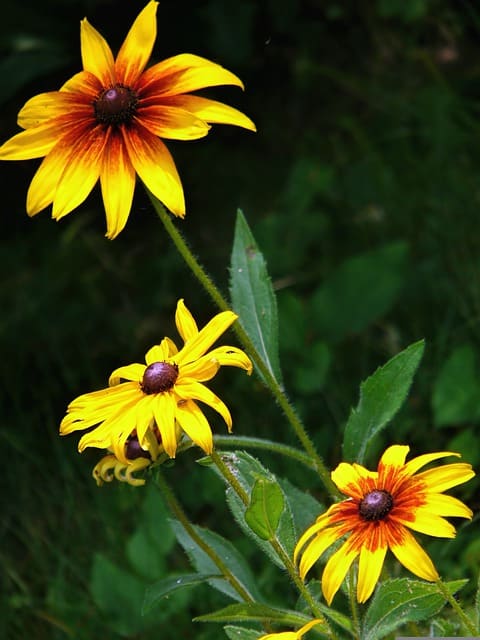
Famous for their role in southern cooking, black-eyed peas can flourish when planted in July. They prefer USDA Zones 7-10 and typically do best in bright sunlight with soil that is well-drained yet retains some moisture. Black-eyed peas can be sown directly into the ground when soil temperatures reach at least 65°F. They can tolerate high temperatures, thriving in 75°F to 90°F conditions. Expect a harvest in about 70-90 days, and pick them when the pods are plump but not fully dried.
Eggplant
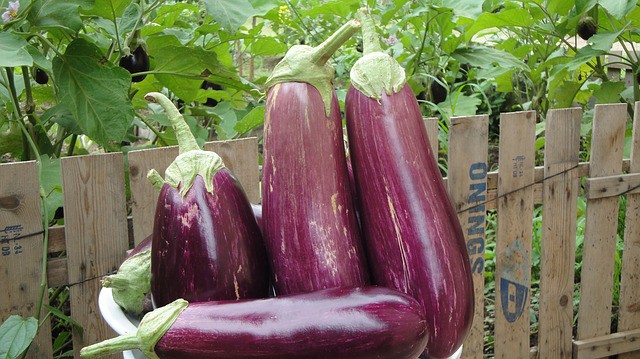
Eggplant is a staple in many summer dishes and flourishes in the heat. It is best suited for USDA Zones 9-10 where the summer temperatures remain warm. Planting should commence in mid to late July to ensure a successful crop. Eggplant prefers full sun and well-draining loamy soil. With temperatures ideally between 70°F and 85°F, they can tolerate heat well but need regular watering to prevent any stress. Harvesting occurs around 70-80 days after planting when the skin is glossy.
Cucumbers
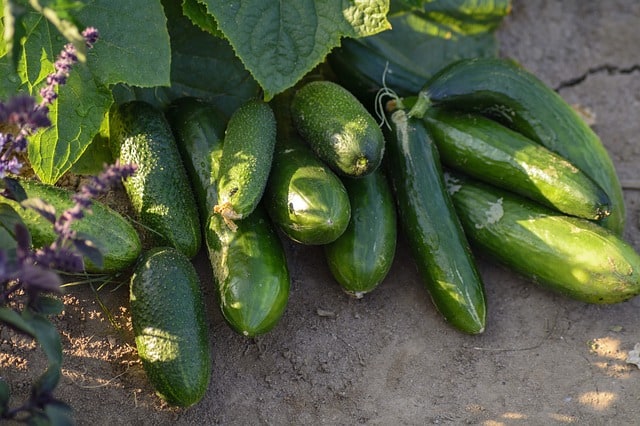
July is the ideal time to plant cucumbers in Texas. This warm-weather crop grows well in USDA Zones 9-10 and thrives in full sun. They prefer well-drained soil enriched with organic matter. Plant cucumber seeds directly in the soil after the last frost has passed, as they do not tolerate frost. They enjoy warm weather but should ideally be managed in conditions of 70°F to 95°F. Harvesting takes about 50-70 days, and continuous picking promotes further production.
Southern Peas
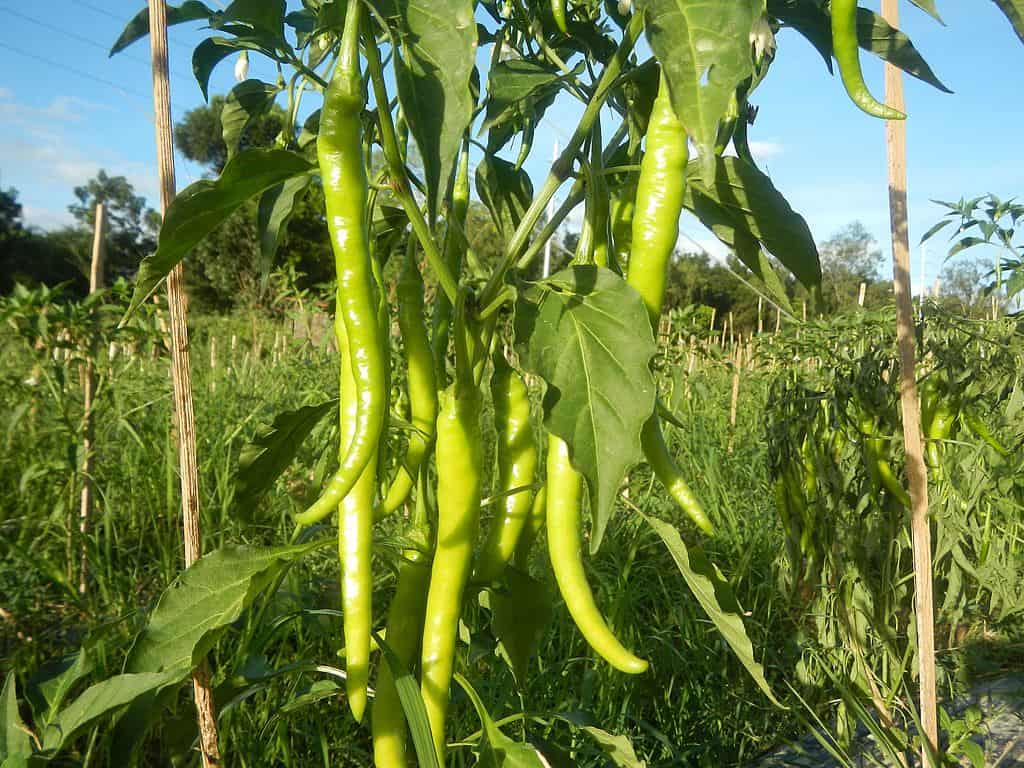
Southern peas, such as purple hull peas, are another great choice for planting in July. They do well in USDA Zones 8-10, favoring hot weather with soil temperatures of 70°F or above. Southern peas prefer direct sunlight and well-drained, fertile soil. They are drought-tolerant and can withstand heat stress better than many other crops, thriving at temperatures of 75°F to 90°F. Expect to harvest in about 60-90 days.
Bell Peppers
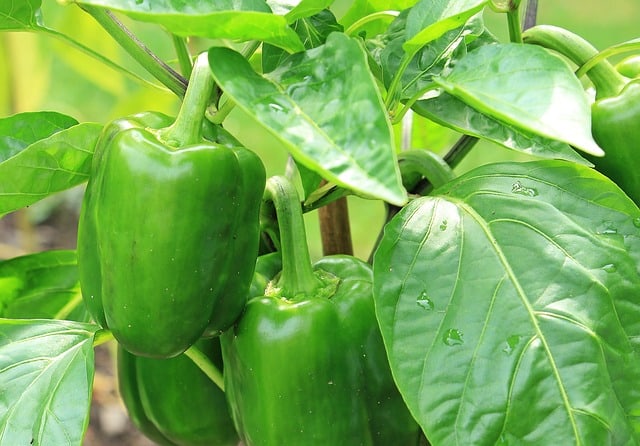
Bell peppers grow beautifully in the heat and can be planted in July across USDA Zones 8-10. They thrive in well-draining soil enriched with organic matter and require full sun exposure. Ideal temperatures for bell peppers are between 70°F and 85°F, but they are known to tolerate heat as high as 90°F. The time to mature varies from 60 to 90 days; however, constant watering will promote a better yield and less stress on the plant.
Summer Squash
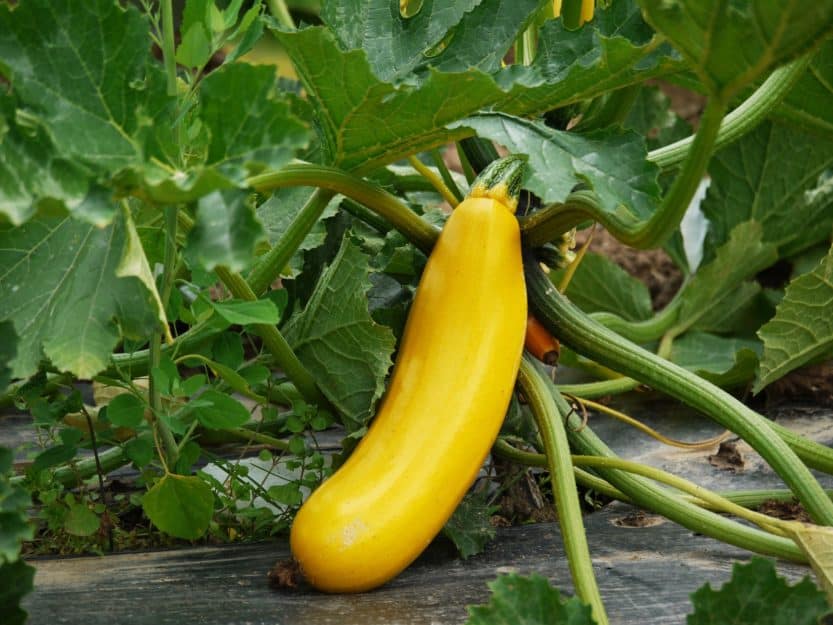
Summer squash, including zucchini, is well-suited for mid to late summer planting. These fast-growing plants thrive in USDA Zones 9-10 and prefer full sun. They grow best in nutrient-rich, well-drained soil. Planting can take place directly in July, as these plants enjoy warmer weather. Summer squash tolerates temperatures as low as 70°F and as high as 95°F. Expect the first harvest in about 50-70 days, and pick them young for the best flavor and texture.
Tomatoes
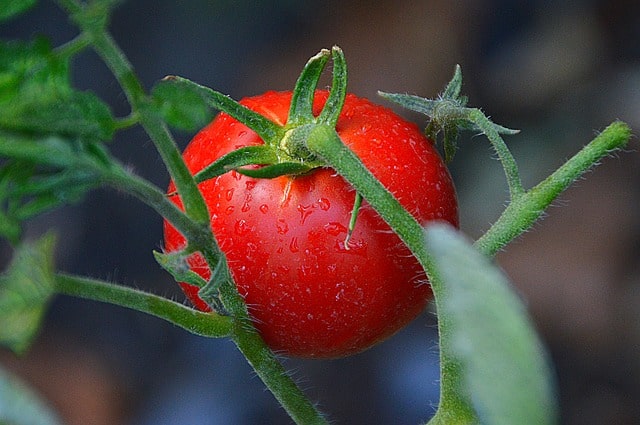
While some gardeners plant tomatoes earlier in the year, July can still offer a second opportunity in certain regions of Texas, particularly for heat-tolerant varieties like ‘Sun Gold’ or ‘Heatmaster’. These varieties are ideal for USDA Zones 8-10. When planting, aim for well-draining soil and plentiful sunlight. Tomatoes do best in temperatures between 65°F and 85°F, though they can survive during heat waves. Expect harvests in about 70-90 days depending on the variety.
Melons
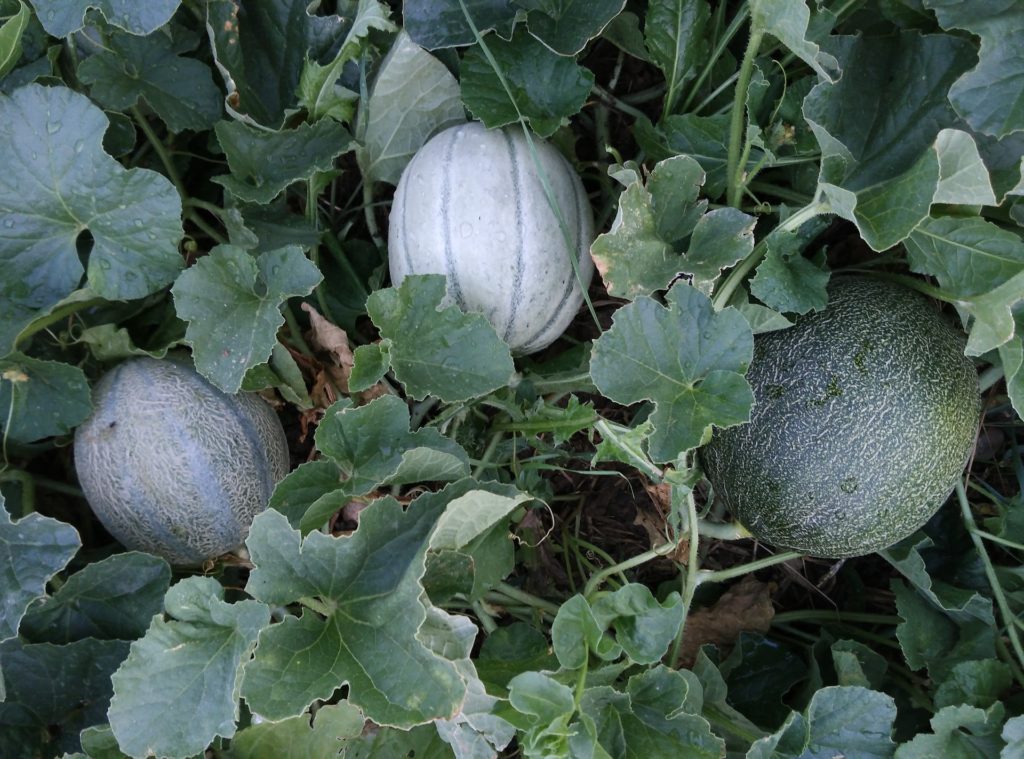
Cantaloupes and watermelons thrive in the hot summer sun and can be planted in July in Texas. These crops flourish in USDA Zones 8-10, preferring soil that is amended for good drainage and organic matter. Melons enjoy heat, with optimal growing temperatures ranging from 70°F to 95°F. They need ample space to spread out, so ensure to provide adequate room. Harvest typically occurs 70-90 days after planting.
Corn
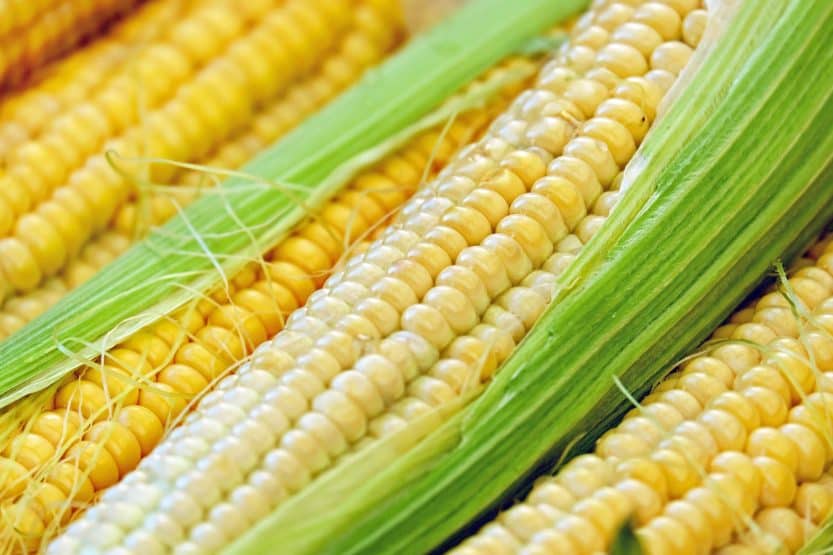
Sweet corn becomes a delightful summer treat, and July planting is perfect for varieties suited for the Texas climate. Zones 8-10 are ideal for corn, as it flourishes in full sun and requires well-drained soil. Corn can handle soil temperatures rising above 60°F but does best when daytime temperatures are between 70°F and 86°F. Expect a harvest in 70-100 days, depending on the variety, and ensure to plant in blocks for better pollination.
Flowers To Plant
In addition to vegetables, the hot summer days in Texas can produce beautiful beds of flowers if you opt for varieties that can endure the heat. Here are ten flower varieties that can be planted in July, providing colorful displays that attract pollinators and offer resilience in Texas’s challenging climate.
Zinnias

Zinnias are hardy flowers that thrive in the summer heat, making July a great time for planting them in Texas gardens. They grow well in USDA Zones 8-10 and are tolerant of the heat, preferring full sun and well-draining soil. Available in a variety of colors and heights, zinnias bloom continuously from mid-summer until the first frost. Plant seeds directly in the soil, and expect flowers in 60-70 days, with regular deadheading promoting more blooms.
Sunflowers

Sunflowers love the heat and can be easily established in July across Texas’s USDA Zones 8-10. These cheerful blooms prefer full sun and well-drained, nutrient-rich soil. Sunflowers grow rapidly, and most varieties mature within 70-100 days. They are drought-tolerant and require minimal maintenance, making them an ideal choice for beginner gardeners. The vibrant blooms also attract pollinators, making them beneficial for your veggie garden.
Lantana
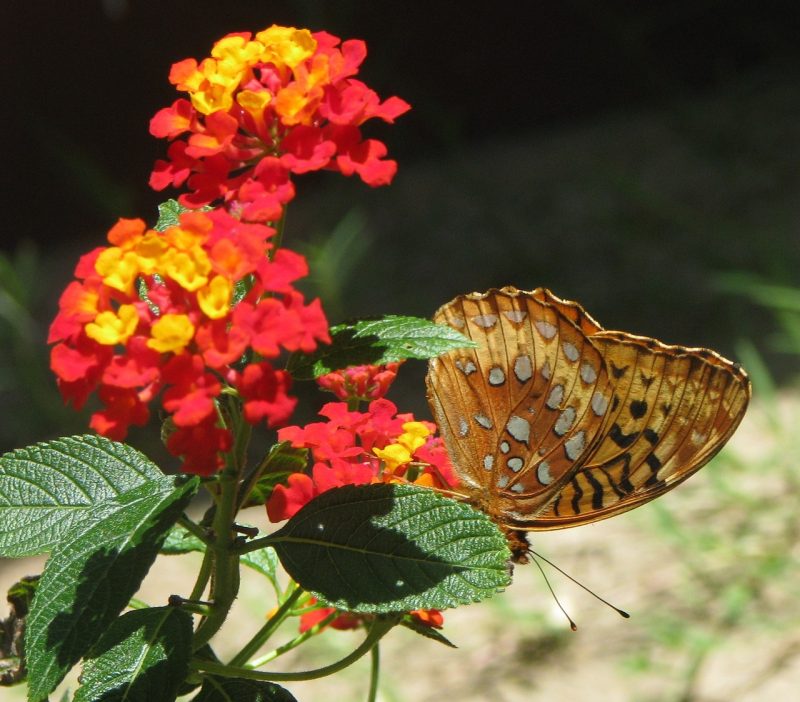
Lantana is a heat-loving perennial well-adapted for Texas gardens, ideal for planting in July in USDA Zones 8-10. This drought-tolerant flower thrives in full sun and well-drained soil, often being a suitable option for hot, arid landscapes. Lantanas can attract butterflies and other pollinators, adding biodiversity to your garden. Flowering occurs from midsummer to fall, with varied blooms based on the variety selected.
Coneflower (Echinacea)
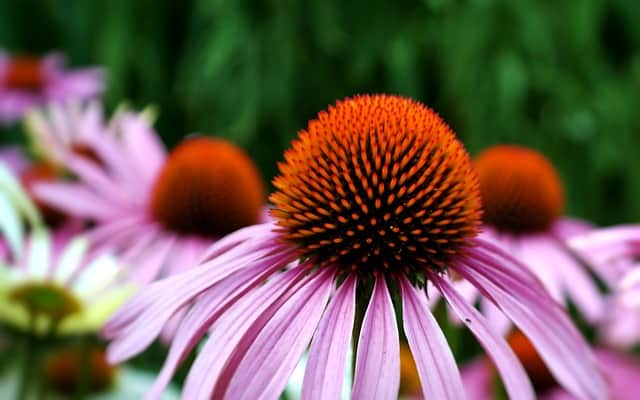
Coneflowers, or Echinacea, make a great addition to Texas gardens with their heat and drought tolerance. They can be planted in July in USDA Zones 3-9. These perennials are known for their vibrant colors and ability to attract butterflies and bees. Coneflowers prefer full sun and well-drained soil, flourishing best when temperatures are between 70°F and 90°F. They will bloom from mid-summer into fall, enhancing your landscape with their daisy-like structure.
Portulaca (Moss Rose)
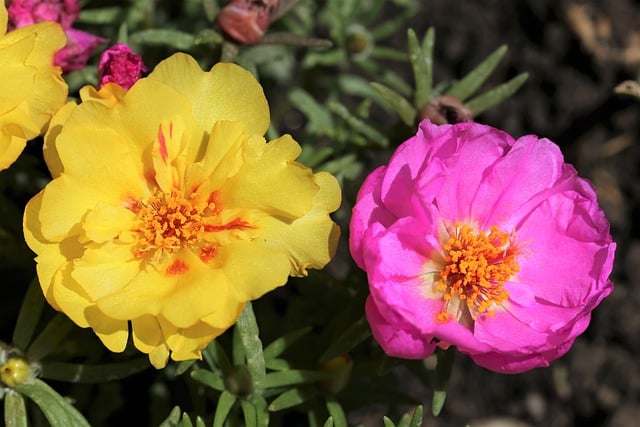
Portulaca, also known as moss rose, is an excellent choice for hot, sunny spots in your garden. Perfect for planting in July throughout USDA Zones 8-10, these drought-tolerant, succulent flowers thrive in poor soils, needing just full sun to flourish. They bloom in a variety of vibrant colors, adding beauty to borders and containers alike. Expect flowering to begin in about 6-8 weeks after planting.
Marigolds
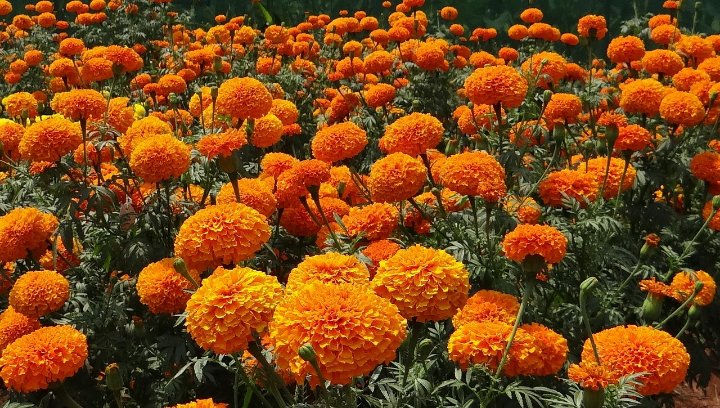
Marigolds are hardy annuals that tolerate heat very well, making them suitable for July planting in USDA Zones 8-10. With bright orange and yellow blooms, marigolds help deter pests and provide cheerful accents in any garden. They prefer full sun and moderate watering, with soil that drains well. Flowers appear in 8-12 weeks, creating a wonderful display through late summer to fall.
Salvia
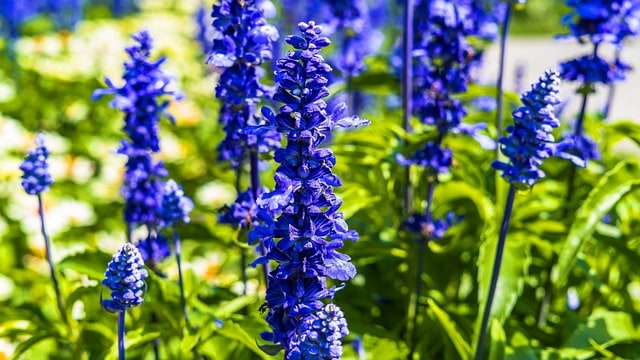
Salvia species, particularly ‘Salvia coccinea’ and ‘Salvia splendens’, are wonderful choices for Texas gardens. Well-suited for USDA Zones 8-10, salvia loves hot weather and will attract hummingbirds and butterflies. They grow best in full sun and prefer well-draining soil. Planting in July allows the flowers to burst forth in a variety of colors through the heat of summer, often flowering from mid-summer until frost.
Gaillardia (Blanket Flower)
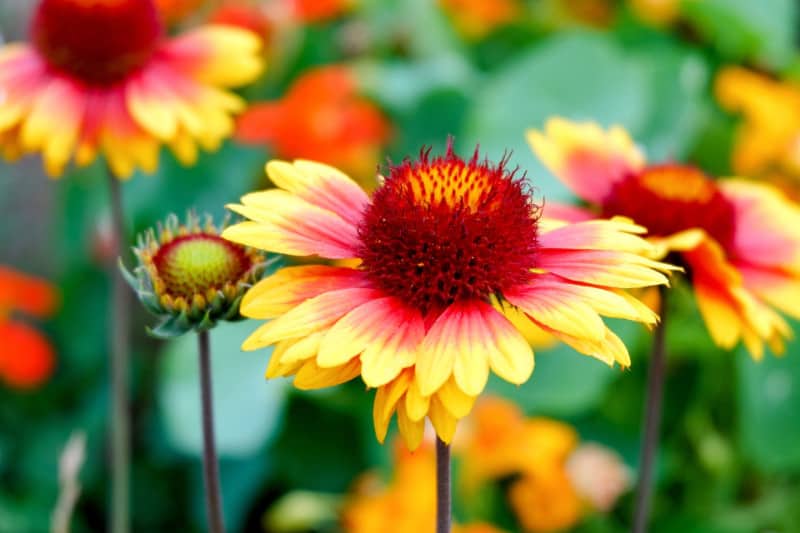
Gaillardia, commonly known as blanket flower, thrives in hot, dry climates and is perfect for July planting. Well-suited to USDA Zones 3-10, these perennials can handle tough growing conditions, including drought. Gaillardia prefers full sun and well-draining soil, showcasing a long bloom time from summer through fall. They typically flower 60-80 days after planting, creating eye-catching bursts of color in your landscape.
Petunias
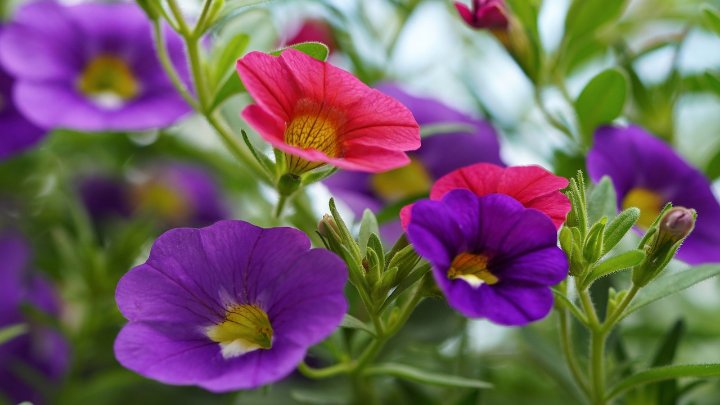
Petunias are versatile annuals that flourish in the summer heat and can be planted in Texas in July in USDA Zones 8-10. They prefer full sun and well-drained soil and can produce stunning displays in baskets and borders alike. Petunias bloom in myriad colors and patterns, providing vibrant options for gardeners. Flowers generally appear within 10-12 weeks, and regular deadheading will enhance their blooming period.
Cosmos

Cosmos flowers are fast-growing and perfect for the Texas summer garden. They thrive in USDA Zones 8-10 and can be planted from seed directly into the garden in July. Cosmos prefer full sun and well-drained, slightly poor soils, making them relatively low-maintenance. They can grow tall and exhibit beautiful blooms in pink, white, or orange colors within about 70-90 days after planting.
Herbs To Plant
Herbs are a great addition to a Texas garden and can enhance the flavor of your culinary creations. Planting herbs in July in the right conditions can yield a rich harvest throughout the summer and into fall. Here are ten herbs that can be planted in July, helping you create a flavorful garden.
Basil
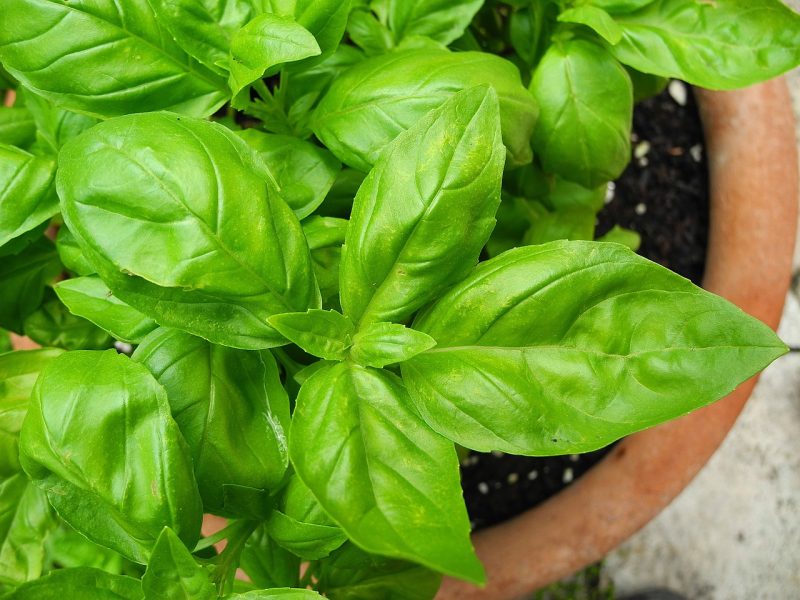
Basil prefers warm temperatures and can be sown in July across USDA Zones 9-10. A classic culinary herb, it loves full sun and well-drained, nutrient-rich soil. Basil performs best when temperatures are between 70°F and 90°F, thriving in the warm summer months. Expect to begin harvesting fresh leaves in 30-60 days. Regular pruning will encourage a bushy growth and keep the plant flowering.
Cilantro
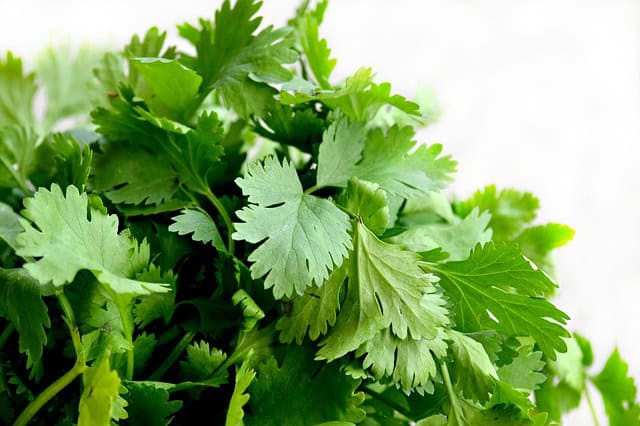
While cilantro tends to bolt in the heat, it can still be planted in July if you’re aiming for a fall harvest. Suitable for USDA Zones 8-10, cilantro likes well-draining soil and full sunlight. Although it may struggle with the summer temperatures, sowing seeds towards the end of July can allow for an optimal harvest in cooler conditions later in the season. Expect to harvest leaves about 3-4 weeks after planting.
Dill
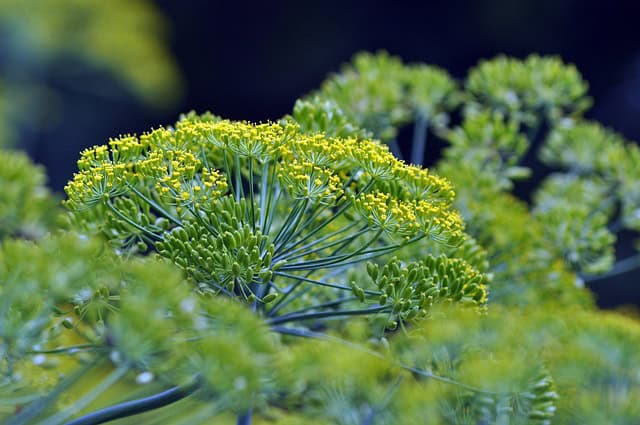
Dill is another herb that can be planted in July. Best suited for USDA Zones 3-10, it prefers full sun and moderately rich, well-draining soil. Dill can handle heat reasonably well, especially when it is properly watered. Planting offers the chance to harvest dill fronds by 40-60 days, with the seeds becoming available when the plant goes to flower and forms seeds later in the season.
Oregano
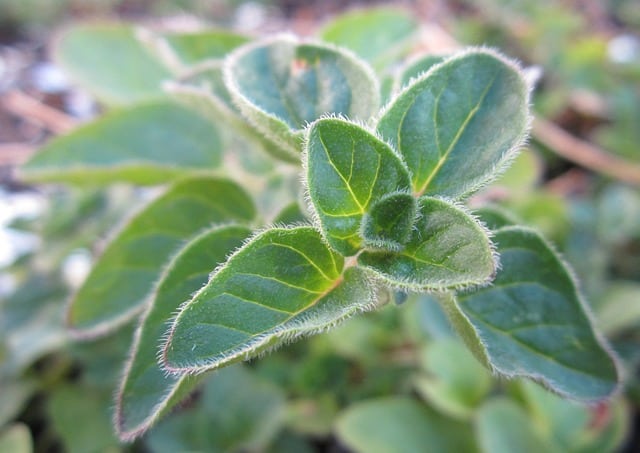
Oregano thrives in the Texas heat and can be sown in July in USDA Zones 8-10. This perennial herb prefers well-draining soil and full sun, and it is very drought-tolerant once established. Oregano can tolerate temperatures ranging from 60°F to 90°F, making it suitable for mid-summer planting. Expect to begin harvesting leaves within about 80-90 days, and always clip the top leaves to encourage new growth.
Thyme
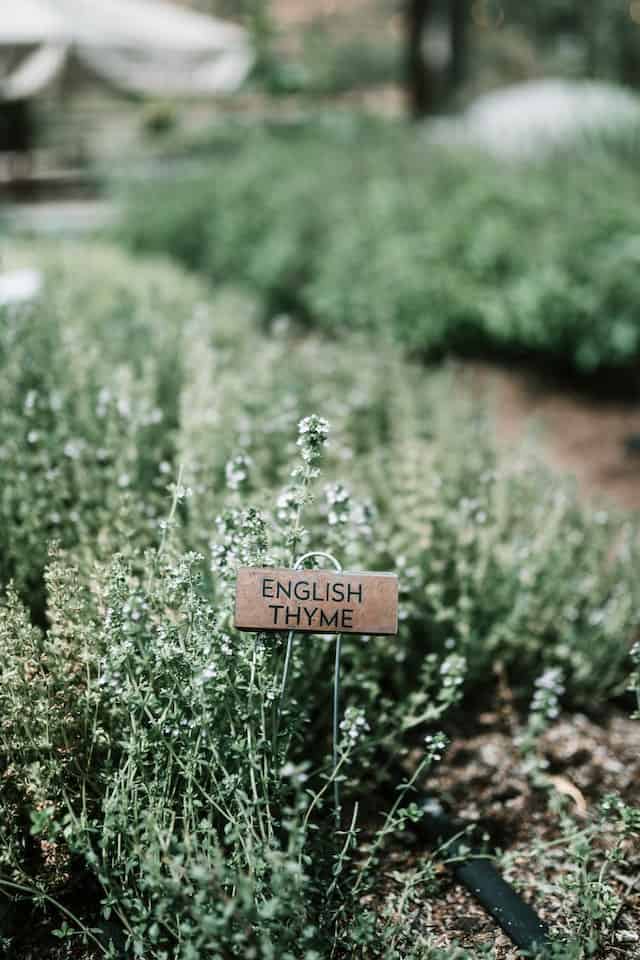
Thyme, another heat-tolerant herb, can be successfully planted in July in Texas gardens. This perennial herb flourishes in USDA Zones 4-10 and does best in sandy, well-drained soil. Thyme prefers full sun, thriving in warm to hot temperatures. Seeds can be planted directly, with the harvest window opening around 80-90 days after planting. Frequent trimming will encourage bushier plants.
Chives

Chives can be planted throughout the summer and are well-suited for USDA Zones 3-9. This hardy perennial herb flourishes in full sun and can withstand various soil types as long as they are well-draining. Alive with green, onion-flavored leaves, they can be harvested around 30 days post-planting, with the delicious chive blossoms offering a beautiful touch to your garden.
Mint
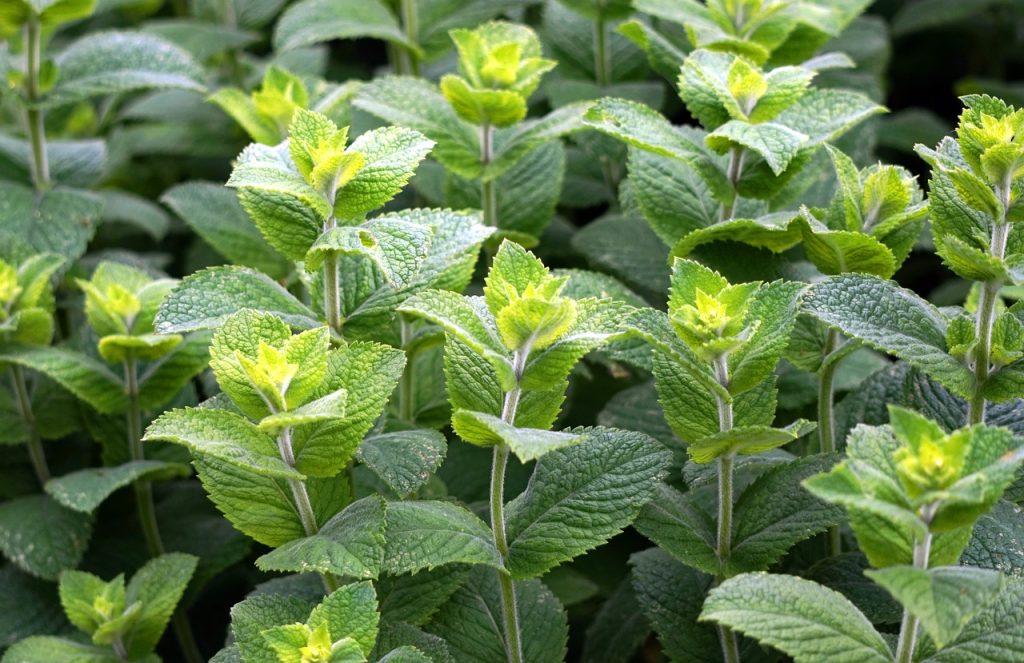
Mint is often considered a vigorous grower, and while it can take over a space, it is also an exceptional herb in the kitchen. Set for planting in July, particularly in USDA Zones 3-10, mint prefers rich, moisture-retaining soil and partial to full sun. Since mint can spread quickly, consider containing it in pots. Expect to harvest leaves in 60-90 days for culinary uses and delightful herbal teas.
Parsley
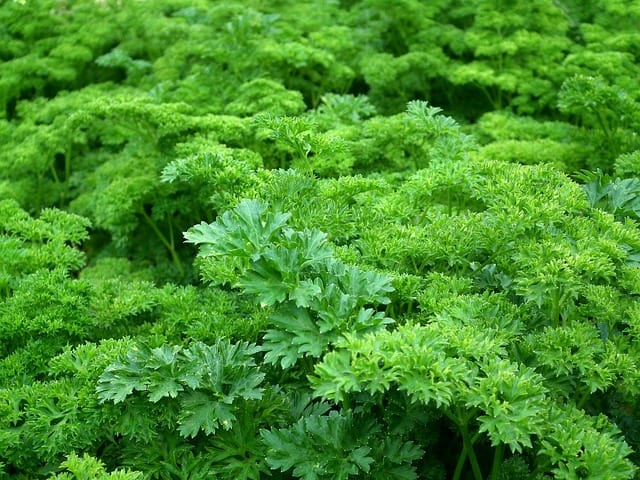
Parsley can be sown in July for sustained growth throughout the summer and into fall. This cool-season biennial herb does well in USDA Zones 4-10. It thrives in rich, well-draining soil and needs full sunlight for optimal results. Parsley seeds may take two to three weeks to germinate but can be harvested starting at around 60-70 days.
Rosemary
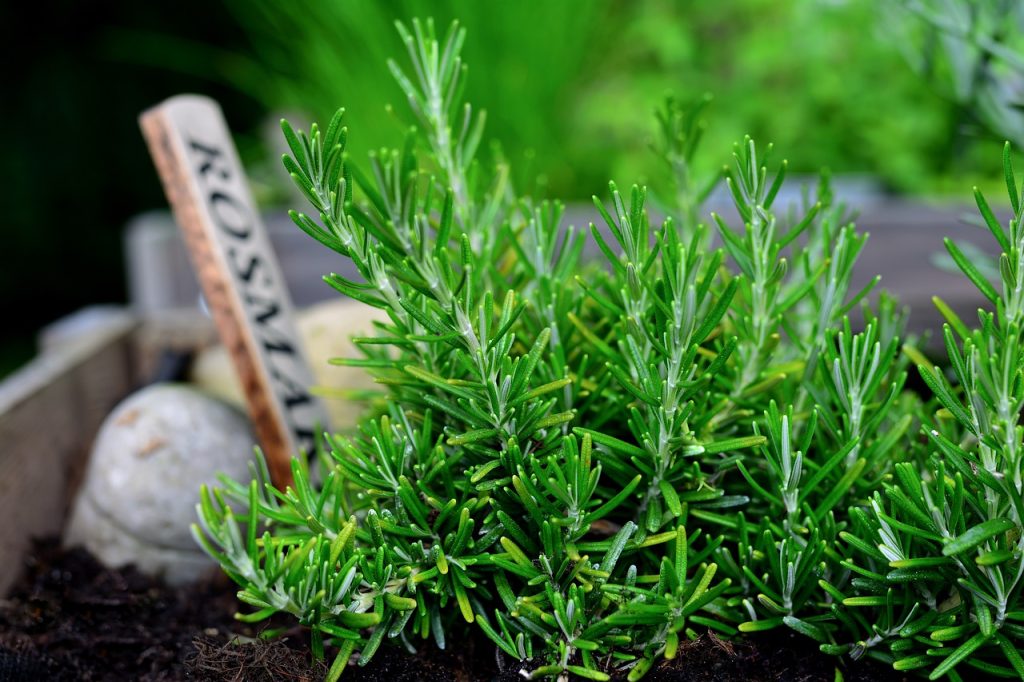
A favorite among cooks, rosemary is a drought-resistant perennial herb that can be planted in July in USDA Zones 7-10. This fragrant herb prefers well-drained, sandy soil and full sun. Once established, rosemary can withstand the Texas heat and even tolerate occasional drought. Typically, the first leaves can be harvested in about 80-90 days after planting, providing fresh flavor to your dishes year-round.
Sage

Sage, with its aromatic leaves, is another herb that can thrive when planted in July in USDA Zones 5-9. This perennial herb grows best in well-draining soil and full sun. Located in a warm area, sage needs minimal water once established. You can expect to start harvesting its leaves in about 75-90 days. Frequent cutting helps to encourage bushier growth.
Landscape Plants To Plant In July
In addition to edibles and herbs, incorporating landscape plants can enhance your outdoor spaces. Choosing heat-resilient plants is key for a successful July planting in Texas. Below are ten landscape plants that can endure the high temperatures while adding beauty to your garden.
Texas Sage (Leucophyllum frutescens)

Texas sage is an evergreen shrub that does exceptionally well in Texas heat. Suitable for planting in July across USDA Zones 8-10, it thrives in full sun and well-draining soil. Known for its beautiful purple flowers that bloom after rain, Texas sage requires minimal water once established. This drought-resistant plant often attracts pollinators, making it a great selection for a native plant garden.
Lantana

Lantana, mentioned previously in the flowers section, is also a great landscape choice. Specifically, the trailing varieties work well in hanging baskets or as ground cover. Perfect for hot climates (USDA Zones 8-10), lantana thrives in full sun and poor soil, exhibiting a long blooming period that attracts bees and butterflies.
Yaupon Holly (Ilex vomitoria)

Yaupon holly is a versatile native shrub or small tree, excellent for hedges, borders, or as a specimen plant. Planting in July is suitable in USDA Zones 7-9. It thrives in a variety of soil conditions and is exceptionally drought-tolerant. Additionally, it offers beautiful red berries in the fall and winter, which attract birds and wildlife.
Agave
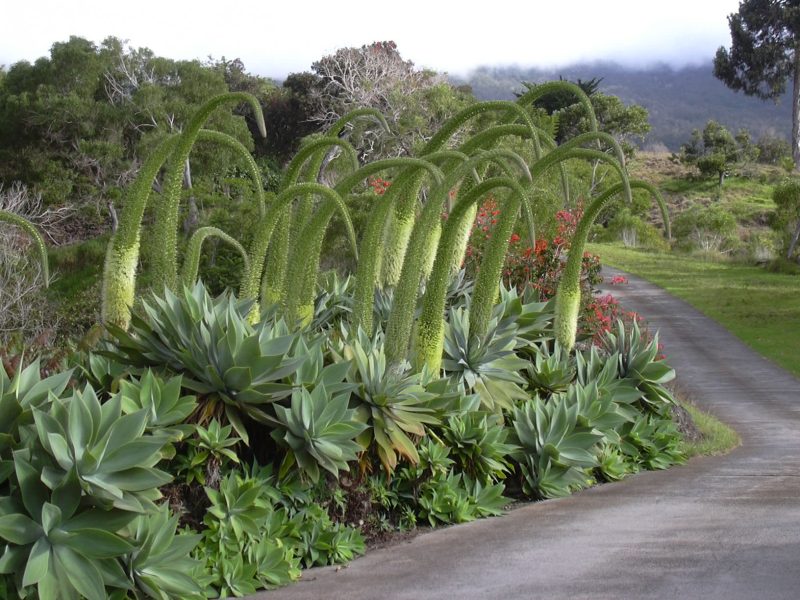
Agave, a popular succulent, cancels the need for constant watering and can thrive in the harsh Texas climate. These drought-tolerant plants flourish in USDA Zones 8-10 and prefer full sun. With a wide range of species, they can serve as dramatic focal points in your landscape. Most forms bloom only once in their lifetime, sending up striking flower spikes that can reach impressive heights.
Desert Willow (Chilopsis linearis)

Desert willow is a fast-growing tree that thrives in hot, dry conditions. Ideal for planting in July in USDA Zones 7-10, it prefers well-drained soil and full sun. Desert willow adorns itself with lovely trumpet-shaped flowers in pink and lavender, offering a tropical look to your landscape and attracting hummingbirds.
Purple Heart (Tradescantia spurge)
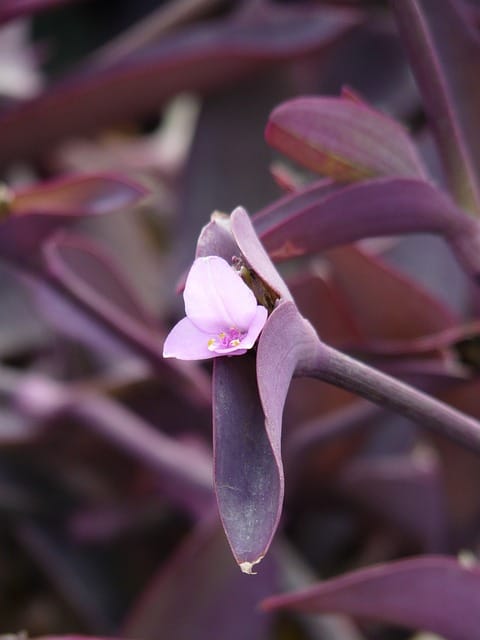
Purple heart is a vibrant perennial with striking purple foliage, perfect for borders and containers. Being adaptable to various soil types and thriving in USDA Zones 8-11, it loves full sun but also does well in partial shade areas. Plant in July for extensive growth, and you’ll enjoy its trailing effect, offering year-round beauty in your landscape.
Pampas Grass (Cortaderia selloana)
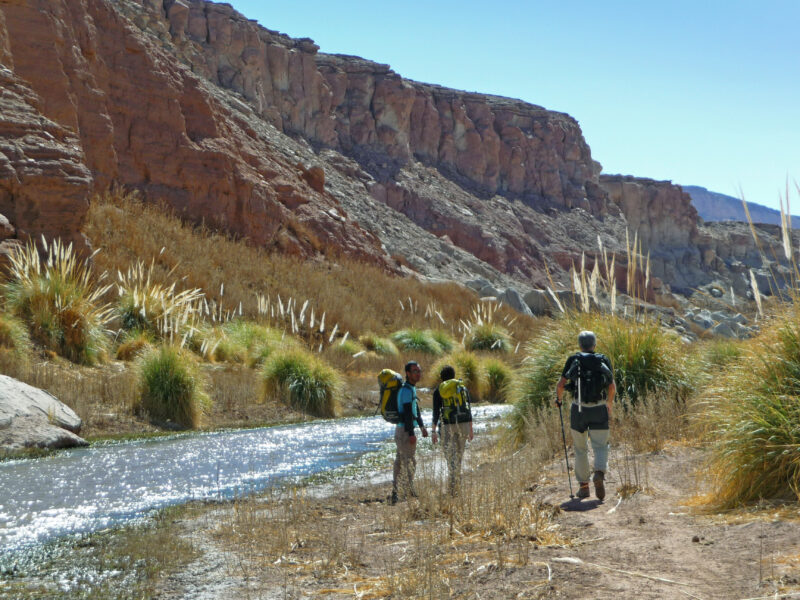
Pampas grass is an ornamental grass that adds dramatic flair to any landscape. Best suited for USDA Zones 8-11, this hardy plant tolerates drought and loves direct sunlight. Planting in July allows for full and lush growth and stunning feathery plumes in late summer and fall. With its ability to thrive in various soil types, it remains a favorite for accents and natural hedging.
Red Yucca (Hesperaloe parviflora)
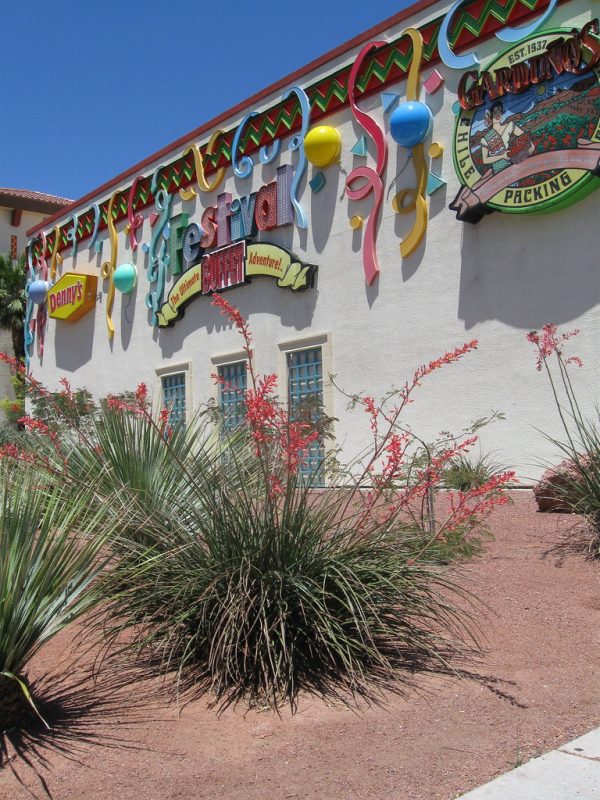
Red yucca is a drought-tolerant perennial with tall flower spikes that appear in summertime. This low-maintenance plant flourishes in USDA Zones 8-10, thriving in well-draining soil and full sun. With its tubular, coral-colored flowers, it attracts hummingbirds and can add a unique aesthetic element to desert-style gardens.
Mexican Feather Grass (Nassella tenuissima)
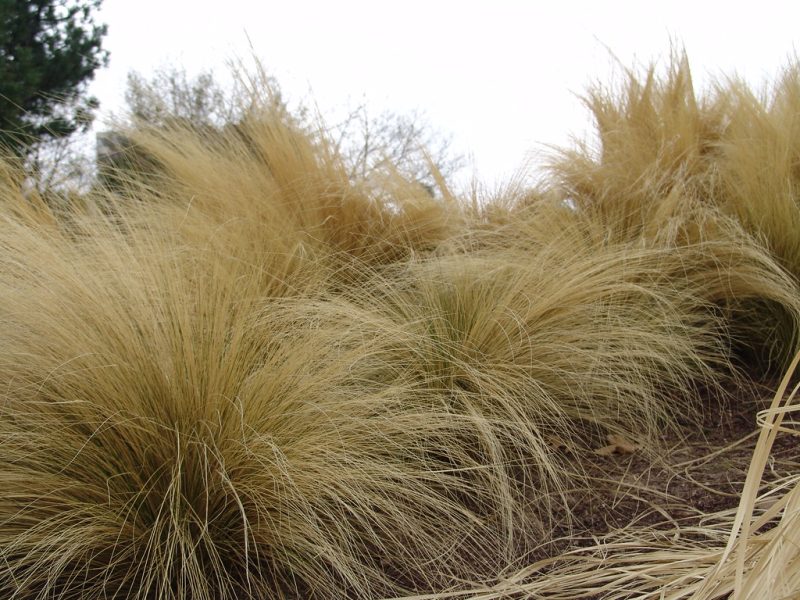
Mexican feather grass is an ornamental grass perfect for adding texture to your landscape. Planting can occur in July in USDA Zones 7-10, where it appreciates full sun and well-drained soil. This perennial grass is tolerant of drought conditions and provides soft, feathery plumes that sway in the wind, adding movement to your garden aesthetic.
Indian Hawthorn (Rhaphiolepis indica)
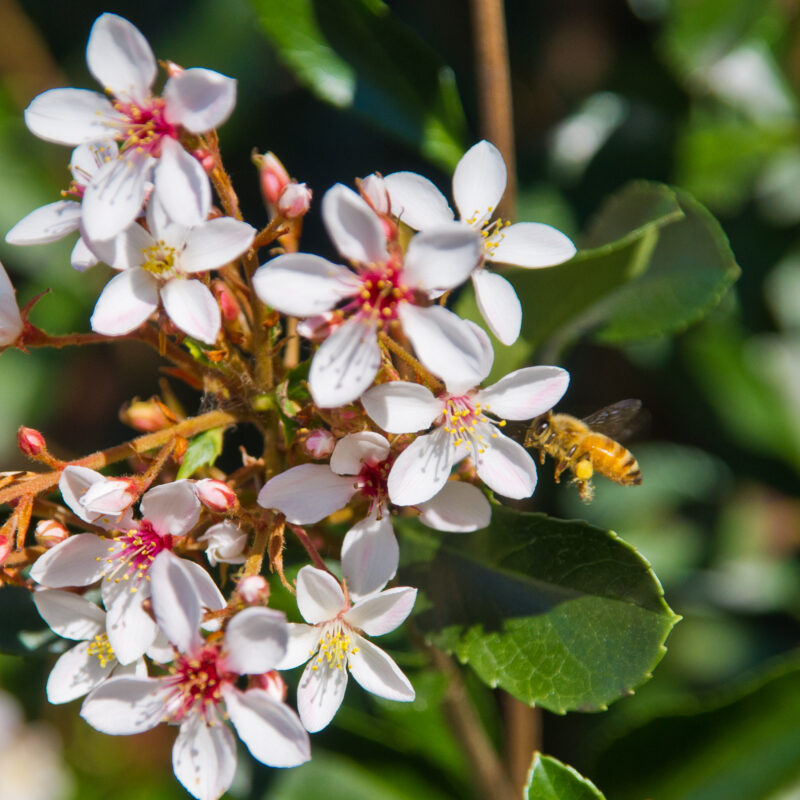
Indian hawthorn is a resilient shrub well-suited for the Texas landscape, particularly in USDA Zones 8-10. This hardy shrub thrives in well-draining soil while requiring minimal water once established. With its lovely pink or white blooms, Indian hawthorn attracts pollinators and offers visually appealing seasonal highlights, making it a desirable addition to any garden.


